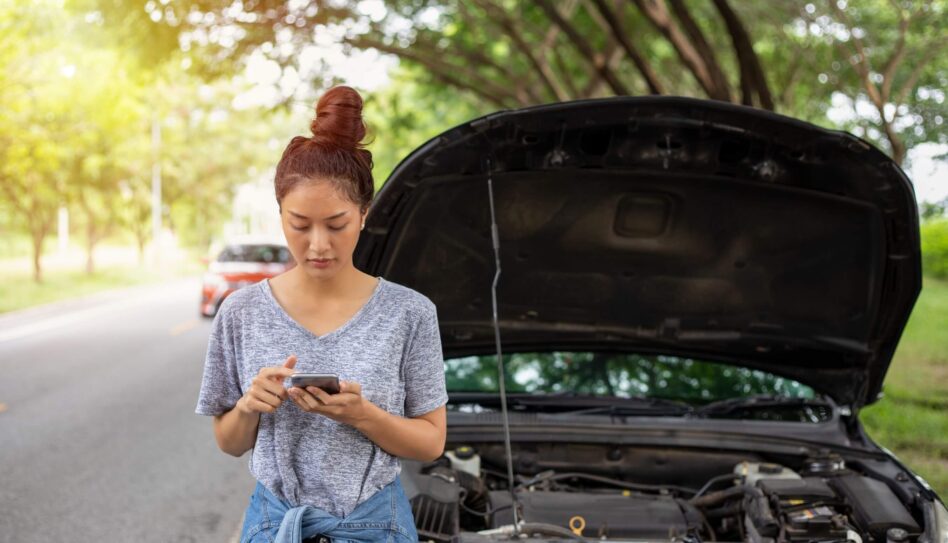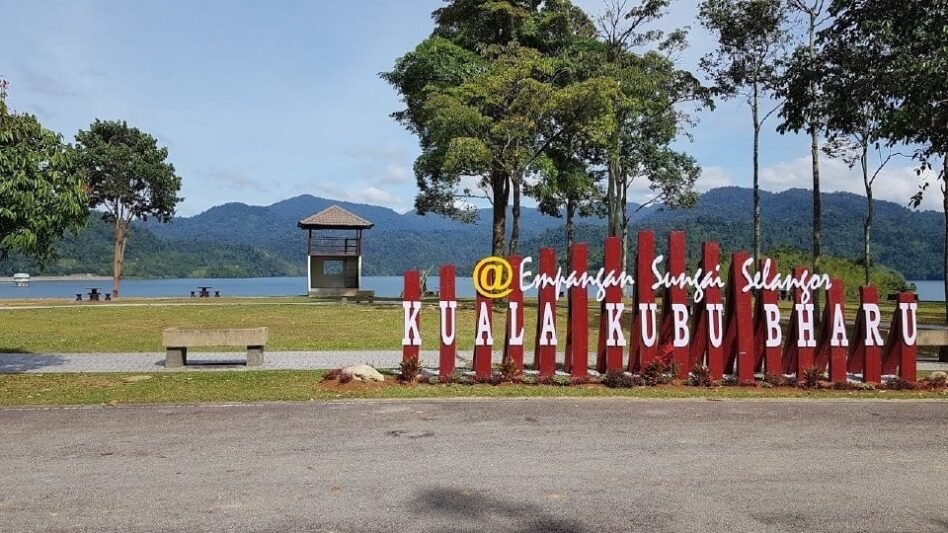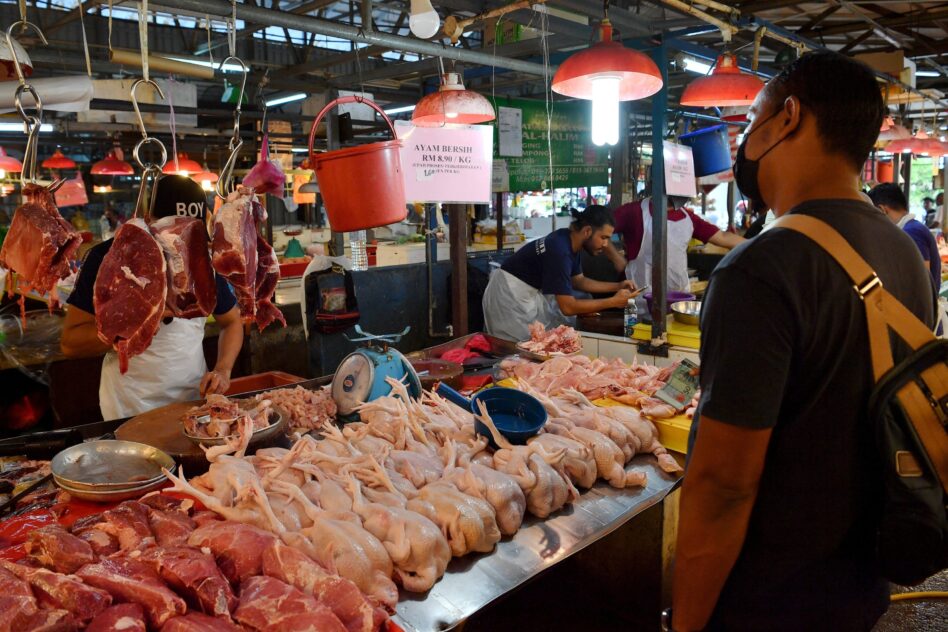By Tan Ming Luk
MALAYSIANS who had been longing to make interstate and inter-district trips breathed a sigh of relief when the Government announced the relaxation of travel restrictions and car occupancy limits beginning December 7, 2020.
While standard operating procedures (SOPs) that limited the size of gatherings and restricted targeted activities still impacted some business, leisure and cultural activities, many in the travel, hospitality and food and beverage (F&B) sectors saw new hope amidst this seemingly never-ending pandemic.
After the aborted restart in the recovery movement control order (RMCO) stage, this new relaxation of rules offers a reboot on the road to recovery for businesses in travel and hospitality, much welcome following news that the Malaysian tourism sector is expected to suffer over RM100 bil in lost revenue this year.
This will undoubtedly throw a lifeline to the ailing tourism sector, even as the country and healthcare system battle community spread.
Caution amidst economic revival
In this globalised world where travel and tourism are key segments of many economies, even countries that have registered success in managing the pandemic have suffered significant losses in the tourism sector, thus necessitating efforts to enable tourism, while grappling with risks of imported cases, sporadic outbreaks and even new waves of infection.
Malaysia’s efforts are comparable to other countries, such as implementing the use of tracing apps, SOPs for physical distancing and crowd control, robust community testing and contact tracing, quarantining inbound travellers, and requiring testing in selected situations.
While many countries have locked down their borders to most travellers, the economic pressure on those dependent on inbound tourism have resulted in various special measures.
For example, the one-way travel bubble between New Zealand and Australia; a business and official travel bubble between South Korea and China; special approvals for entry into Japan for long-term residents and business travellers; entry for diplomatic and official business travellers into Indonesia; a Reciprocal Green Lane for business and official travellers and an Air Travel Pass for leisure travellers to Singapore from selected countries; and tourist visas with rigorous requirements for entry into Thailand.
What we can see is these measures remove the 14-day quarantine in most cases, while requiring before and after arrival testing and the use of tracing apps.
Following the unexpected delay in the leisure travel bubble between Singapore and Hong Kong amid rising COVID-19 cases in Hong Kong, an abundance of caution certainly seems to be the wisest move for countries that have the pandemic in control.
The stepping stone
As a first step to recovery, domestic travel is a safe choice to help the industry tread water. The rebates and discounts offered by the Government to drive this is a good start, and we can learn from Indonesia’s effort to issue domestic travel vouchers for tourists to spend at hotspots across the country.
Indeed, this thinking is in line with our wish list to the government for Budget 2021, which sadly was not fully adopted.
In a challenging market, collaboration for cross-promotion is often better than competition – be it between accommodation providers, transport companies, or F&B outlets.
A synergistic relationship can benefit everyone in the tourism industry. Industry players need to make the most of resources to generate new opportunities to attract tourists, such as creating or enhancing tourism niches – from sports to adventure, health and culture.
If these packages help spread income to rural or lower income communities, this would be an added bonus. For state governments, this is a good time to promote quieter destinations with few cases, such as Sabak Bernam in Selangor, Langkawi in Kedah, or most districts in the East Coast states.
Income, of course, is another factor in the choice of accommodation. In this uncertain economic climate, it may prove a silver lining for budget accommodation operators, as budget hotels become more attractive for cost-conscious travellers.
The ‘Jom Nginap’ campaign by the Malaysian Budget Hotel Association comes at a great time to convince consumers who may not have previously considered this option.
With the trend toward remote working drastically accelerated by the pandemic, we can also seize the opportunity to make Malaysia welcoming for digital nomads, who spend longer durations in single countries and travel extensively within the country, and have enough time to spare for a 14-day quarantine, if need be.
It’s a long journey
In the end, the question that needs to be asked – is all of this enough? To us – just barely.
The domestic travel plan is a good start towards recovery for Malaysian tourism, but it remains a short-term solution.
Nevertheless, in the longer term, successful management of domestic travel while keeping the people safe can be repurposed as a blueprint to allow entry for international travellers.
For Malaysia, the ability to enable safe domestic travel is one step in a long journey towards tourism recovery.
Once vaccines against COVID-19 are widely available, recovery towards pre-pandemic levels can begin in earnest, and world travellers might once again reacquaint themselves with their favourite destinations. – Dec 17, 2020
Tan Ming Luk is the Country Head of OYO Hotels and Homes, Malaysia and Singapore.
The views expressed are solely of the author and do not necessarily reflect those of Focus Malaysia.










